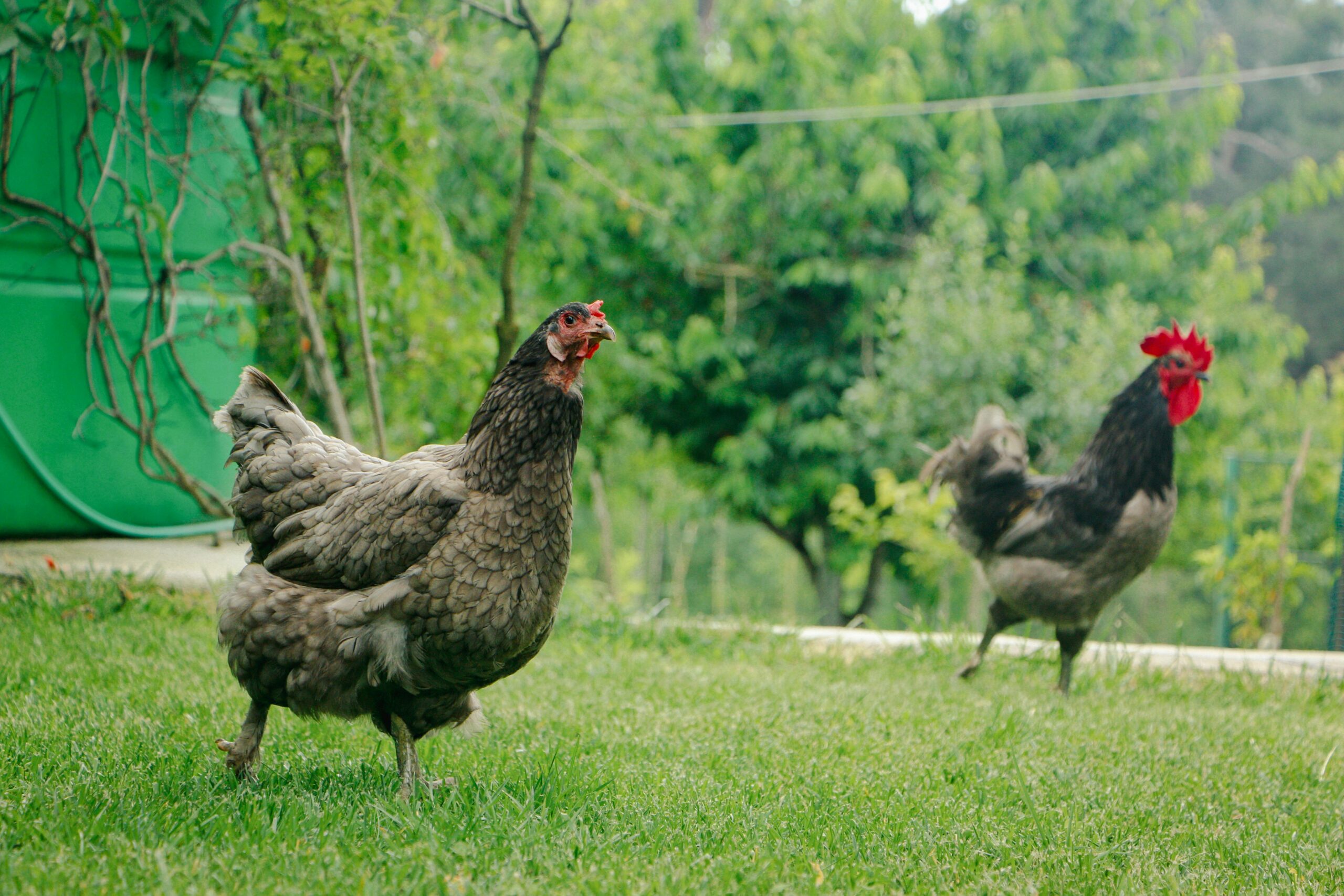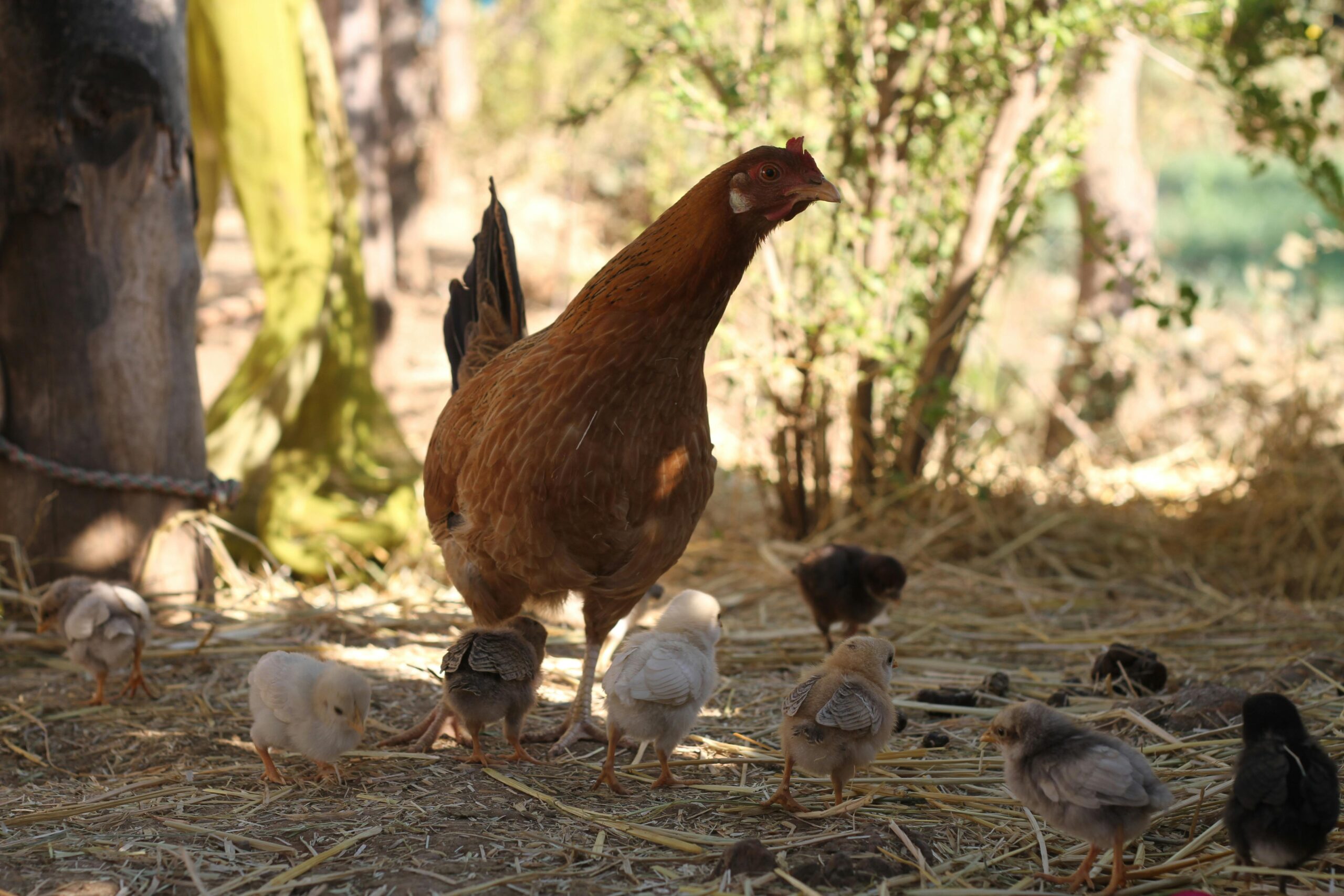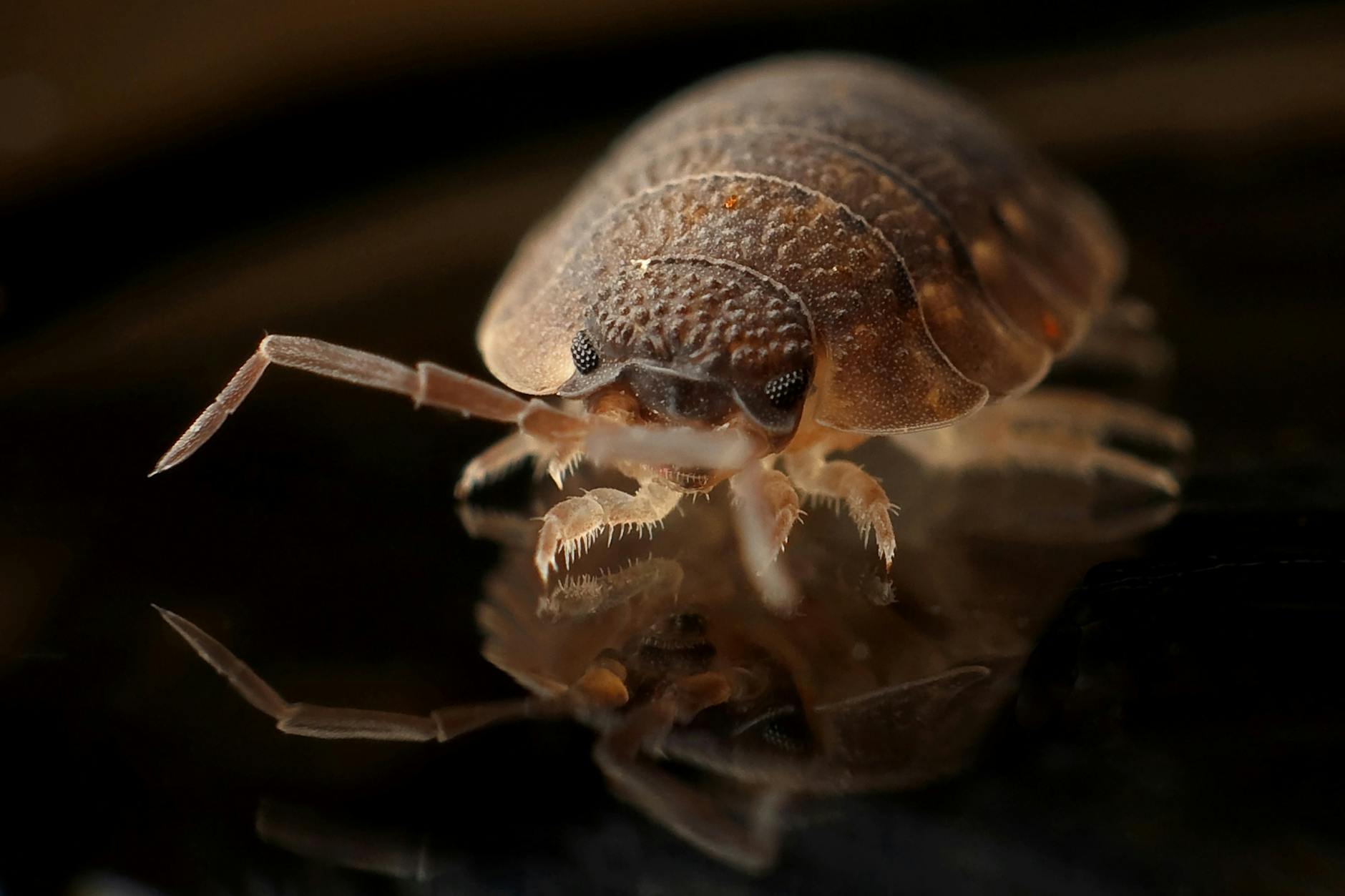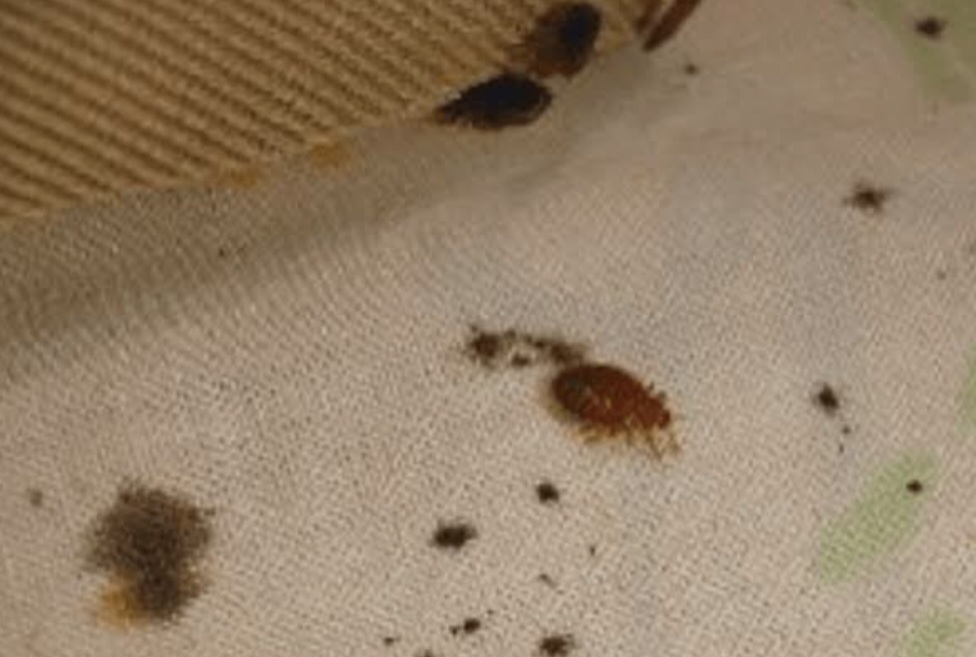🐔 Common Poultry Diseases and How to Prevent Them

If you’ve ever walked into your poultry house and found a sick-looking chicken, you know how fast things can go wrong. Poultry diseases are sneaky. One moment your flock is clucking happily, the next they’re dull, sneezing, and refusing feed. Don’t panic! With the right knowledge and habits, you can prevent most common poultry diseases and keep your birds in tip-top shape.
Let’s look at a few of the most common diseases, what causes them, and how you can stop them from crashing your chicken party.
💧1. Newcastle Disease: The Notorious Bird Flu Cousin
Newcastle Disease is one of the deadliest poultry diseases in Kenya, and it spreads like gossip in a village. You’ll know something is wrong when birds become weak, develop green diarrhea, and twist their necks in strange directions. Some birds even die suddenly without warning.
Newcastle is caused by a virus that spreads through air, water, and even clothes or shoes. So if you visit your neighbor’s sick farm and then come back to feed your chickens without changing, boom—you’ve invited the virus in for dinner.
Vaccinate! This is the best defense. There’s a cheap, easy-to-use Newcastle vaccine that you can mix in water or drop into the bird’s eyes. Also, avoid contact between your birds and wild birds or visitors who own other chickens.
In Kenya, the disease usually peaks during cold or rainy seasons, so schedule your vaccinations accordingly!
💩2. Coccidiosis: The Silent Profit Killer

This one is a real thief—it doesn’t always kill your birds, but it makes them grow slowly and eat more feed. That means your profit disappears without you noticing.
Coccidiosis is caused by parasites that live in dirty, wet bedding or droppings. If your poultry house has poor drainage or too many birds per square meter, you’re creating a coccidiosis paradise.
You’ll notice bloody droppings, sleepy-looking chicks, and birds that stop gaining weight. If left untreated, it spreads fast across the entire flock.
Keep the house clean and dry. Use wood shavings or dry litter and change it regularly. Add anticoccidial drugs or natural alternatives like probiotics to their drinking water. Many farmers also rotate between anticoccidial drugs to avoid resistance
And always remember to lift your feeder and drinker trays slightly above the litter so birds don’t step in and contaminate them.
🤧3. Infectious Coryza: The Chicken Cold You Don’t Want

If your birds start sneezing, have a swollen face, or make weird snoring sounds at night, it could be infectious coryza. It’s a bacterial disease that spreads when infected birds come into contact with healthy ones—especially in overcrowded housing.
It may not be deadly like Newcastle, but it slows down egg production and lowers feed intake, which is frustrating when you’re depending on those layers to pay bills.
Avoid mixing new birds with your old flock unless you’ve quarantined them for at least 2 weeks. Provide good ventilation to avoid damp, dusty air, which helps bacteria grow. And remember, antibiotics help only if you catch the disease early.
Birds can still spread the disease after recovery—so keep your biosecurity tight!
🧼4. Biosecurity: Your Invisible Fence Against All Diseases
No matter how good your feed is or how well you clean, if your biosecurity is weak, your birds are still in danger. Most poultry diseases walk in on people’s shoes, hands, or clothes. That includes visitors, delivery people, and even you!
Set up a small footbath at the entrance of your poultry house with disinfectant. Don’t allow anyone near your chickens unless necessary. And wash your hands before and after feeding or cleaning. It may feel like overkill, but it’s better than watching your whole flock suffer.
💉 Importance of Seasonal Vaccination and Deworming
Running a poultry or livestock farm without proper vaccination and deworming is like riding a bicycle with flat tyres—it slows everything down. As a farmer, you might feed your animals well and keep their sheds clean, but if you skip these two routines, you’re inviting trouble.
Just like humans, animals need protection from seasonal diseases and internal parasites that thrive during specific weather changes. These silent enemies can ruin your profits without warning.
So, let’s dive into why timely vaccination and deworming matter and how you can schedule them smartly to keep your flock or herd healthy and productive
🐣 1. Vaccination: Your Animals’ Invisible Shield
You can’t see germs, but they’re always around—waiting for the right moment to strike. Vaccination is how you stop them before they start trouble.
For poultry, key vaccines like Newcastle, Gumboro, and Fowl Pox must be given at the right age and season. Skipping them is like leaving your front door open in the middle of the night.
For livestock, vaccines help prevent deadly diseases like Foot and Mouth Disease, Lumpy Skin Disease, or Contagious Caprine Pleuropneumonia (CCPP) in goats. These diseases can wipe out your herd or spread across farms like wildfire.
Why Seasonal Timing Matters:
Some diseases become more active during rainy or cold seasons. Vaccinating before the outbreak period gives your animals enough time to build immunity.
Set reminders based on your region’s disease cycle. Most Kenyan regions see Newcastle outbreaks just before long rains—time your vaccine accordingly.
🪱 2. Deworming: The Silent Health Booster
Now, let’s talk about internal parasites—those sneaky worms hiding inside your chickens, cows, goats, or sheep. You might not see them, but they’re stealing nutrients, slowing growth, and causing diarrhea or dull coats.
If your chickens are eating well but not gaining weight, or if your goats are eating grass like machines but still thin, chances are high they need deworming.
How Often Should You Deworm?
For poultry: Once every 2–3 months is a good schedule, especially during hot, humid months.
For livestock: Deworm every 3 months or according to the vet’s advice based on worm load.
Use a broad-spectrum dewormer and rotate active ingredients to avoid resistance. You can also add natural supplements like garlic or papaya seeds in between treatments to support gut health.
Watch out for signs like:
- Sudden weight loss
- Pale combs or gums
- Poor appetite
- Worms in droppings
These are clear signals that your animals need a detox.
Don’t deworm just one or two animals—treat the whole flock or herd to avoid reinfection.
📅 3. Create a Simple Animal Health Calendar
You don’t need fancy software—just a notebook or a phone reminder can help you stay on track with vaccination and deworming. Mark the dates when you gave the last dose and plan the next one.
This simple habit will save you money, reduce deaths, and improve productivity. Plus, it gives you peace of mind knowing you’re doing your best for your animals.
Here’s a Sample Poultry Schedule:
- Week 1: Newcastle vaccine (eye drop)
- Week 2: Gumboro vaccine
- Week 4: Deworming (liquid in water)
- Week 6: Newcastle booster
- Month 2 onward: Monthly deworming and Fowl Pox vaccination
For livestock, adjust the calendar according to species, age, and your vet’s guidance.
🐓 Why This Matters More Than You Think
Skipping vaccines or forgetting deworming can cost you more than just medicine money. It leads to:
- Reduced egg or milk production
- Increased feed costs with poor weight gain
- Higher vet bills when diseases break out
- Risk of losing your entire investment
So treat vaccination and deworming like insurance—they protect your animals from avoidable harm and protect your pockets from painful losses.
You might think, “I’ll do it next week,” but one sick bird or calf can infect the rest before you even notice. Acting early is always the smart move.
🐔 Best Feed Practices for Layers and Broilers
If you’re raising layers or broilers, feeding them right is half the battle won. Feed is not just food—it’s fuel for growth, egg production, and overall poultry health. Whether you’re a new poultry keeper or a seasoned farmer, feeding can make or break your business.
In this post, you’ll learn simple, practical tips to help your chickens grow faster, lay more, and stay healthy. Grab your notebook and let’s scratch the surface—cluck by cluck.
🥚 1. Feed Layers for More Eggs, Not Just Full Bellies
You want layers that pop out eggs like clockwork, right? Then give them feed that works as hard as they do.
Layers need a balanced layers mash with the right amount of calcium, protein, and energy. Calcium helps form strong eggshells, while protein supports egg production and body maintenance.
A good layer feed should contain:
- 16–18% crude protein
- Minimum 3.5% calcium
- Energy-rich grains like maize or wheat bran
Give them layers mash consistently from around 18 weeks of age, once they start laying. Mixing broiler feed or grower feed at this stage will only mess up production.
Also, give your birds access to clean drinking water all day—it helps digest food and increases egg laying.
👉 Pro tip: Add oyster shells or crushed limestone if eggshells are thin. And always feed in the morning and afternoon, not just once.
🍗 2. Feed Broilers for Fast, Healthy Growth
If you’re raising broilers, you’re running a race against time. Every extra day on the farm increases your costs, so your broilers need to grow fast—but safely.
Broiler feed comes in starter, grower, and finisher phases:
- Starter Feed (0–10 days): High in protein (about 22–24%) for early development
- Grower Feed (11–24 days): Slightly lower protein, more energy
- Finisher Feed (25 days to market): Optimized for weight gain and meat quality
Stick to this sequence and avoid shortcuts like feeding finisher too early—it won’t help them grow faster, only fatter.
Feed them at least four times a day during the early days and reduce feeding at night to avoid leg problems or obesity.
👉 Pro tip: Use feeders that are easy to clean and reduce spillage—spilled feed is money wasted.
🧂 3. Supplement Smartly, Don’t Overdo It
Chickens love a little variety—but too much of a good thing can harm them. Supplements are helpful, but only when used right.
Common supplements include:
- Multivitamins: For stress recovery and better immunity
- Grit (small stones): Helps with digestion, especially in layers
- Probiotics and enzymes: Support gut health and improve feed conversion
Use supplements during stressful periods like vaccination, weather changes, or after disease recovery. Avoid giving multiple supplements at once—they can interfere with each other.
And let’s not forget clean water—the cheapest but most effective supplement. Change it daily and use drinkers that don’t get dirt
🕒 4. Stick to a Schedule and Monitor Feed Intake
Feeding isn’t just about quantity—it’s also about timing. Chickens love routine, and feeding them at regular hours improves digestion and behavior.
Create a simple feeding schedule like:
- Morning feed (6–8am)
- Midday top-up (12–1pm)
- Afternoon/evening feed (4–5pm)
For broilers, watch out for feed conversion ratio (FCR)—this means how much feed it takes to gain 1kg of meat. A good FCR saves you money and improves profits.
Layers should consume about 110–120g of feed per day per bird, while broilers need around 1.8–2kg total by the time they’re ready for market.
Use proper feeders and space them out to avoid crowding and bullying. More feeders = happier chickens.
Remember to track your feed usage weekly. It helps you see patterns, reduce waste, and improve planning for future flocks.
🐣 How an Online Agrovet Can Support Poultry Health
When it comes to raising healthy chickens, you need more than just passion—you need the right support, products, and timely advice. That’s where an online agrovet steps in like a feathered superhero. You can now get expert care, trusted products, and support for your flock without stepping away from your farm.
Let’s peck into the many ways an online agrovet like ManafarmAgrovet.com makes your poultry farming life healthier and easier!
🛒 1. Access to Quality Poultry Products, Anytime
You don’t need to rush to the market or wait for the agrovet guy to open anymore. With an online agrovet, you can shop for poultry vitamins, vaccines, feeds, and supplements 24/7. Whether you’re in Kisumu, Kericho, or Kitale—your products are just a click away.
You get to browse through different brands, compare prices, and read customer reviews before you buy. This means you only pick what’s best for your flock—no guesswork, no regrets.
Most online agrovets also have detailed product descriptions, so you can understand exactly what you’re buying and how to use it.
👨⚕️ 2. Real-Time Expert Advice and Support
Let’s be honest, chickens can be complicated. One moment they’re happy and healthy, and the next, they’re looking dull and refusing to eat. That’s when expert advice becomes golden—and luckily, an online agrovet gives you just that.
You get access to veterinary consultations through chat, calls, or even video, without ever leaving your farm. So when your birds are sneezing, coughing, or showing weird symptoms, you can talk to a certified vet and get the right advice quickly.
And because it’s online, you can send photos or videos of your birds to make diagnosis easier. That’s the beauty of digital farming.
🚚 3. Delivery to Your Doorstep Saves Time and Stress
Imagine getting your poultry vaccines, antibiotics, dewormers, and multivitamins delivered to your gate while you’re feeding the birds. That’s the beauty of online agrovets—they deliver to your location, saving you precious time, money, and effort.
No more carrying heavy bags of feed on a boda or wondering where to find a particular supplement. Just order online, pay through M-Pesa, and relax as your parcel heads your way.
For farmers in remote areas, this is a game-changer. You can keep your flock healthy even if the nearest town is kilometers away.
Always order early to account for delivery time, especially for vaccines that need refrigeration.
📚 4. Learn While You Shop with Blogs and How-To Guides
Online agrovets aren’t just shops—they’re learning centers too! Most have blogs, newsletters, and educational resources tailored for poultry farmers.
You can read articles on how to identify poultry diseases, feed broilers for maximum weight, or prepare your chicken house for rainy seasons. These tips help you avoid common mistakes and become a more confident poultry keeper.
The good ones even have video tutorials and downloadable guides. So as you wait for your delivery, you can grow your knowledge and upgrade your skills.
💻 5. Track Orders, Plan Ahead, and Stay Organized
Managing a poultry farm is already hard enough—you don’t need the added stress of forgetting your vaccine schedule or running out of feed. Online agrovets help you stay organized with real-time order tracking, alerts, and digital receipts.
You can even set reminders or subscribe to recurring deliveries of essential products. That way, you never run out of layer mash or forget to deworm your birds again.
Having your entire purchase history in one place also helps you monitor your farm expenses better.
👉 Pro tip: Use this data to create a monthly poultry budget and spot areas where you can save money.
🐔 Final Thoughts: A Smarter Way to Care for Your Flock
As a poultry farmer, your number one goal is to keep your birds healthy, happy, and productive. An online agrovet makes that journey smoother by offering you:
- Access to expert advice without leaving your farm
- Delivery of trusted products to your doorstep
- Tips and guides to upgrade your poultry knowledge
- A convenient, organized way to manage your farm supplies
It’s like having a poultry clinic, store, and training center in your pocket—powered by your phone and a little internet.
So if you’re tired of traveling far for simple poultry supplies or dealing with guesswork when your flock gets sick, it’s time to go online.
Visit ManafarmAgrovet.com today and discover the smarter way to support your poultry’s health—all day, every day.




